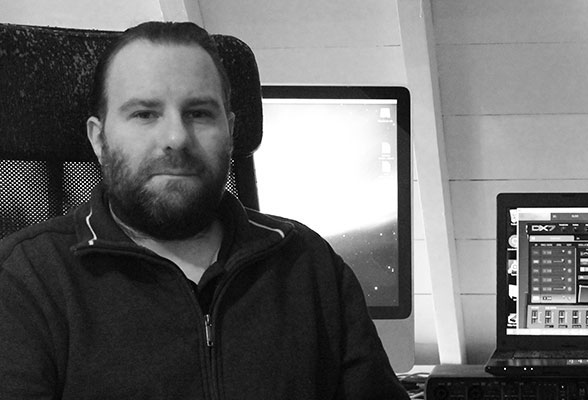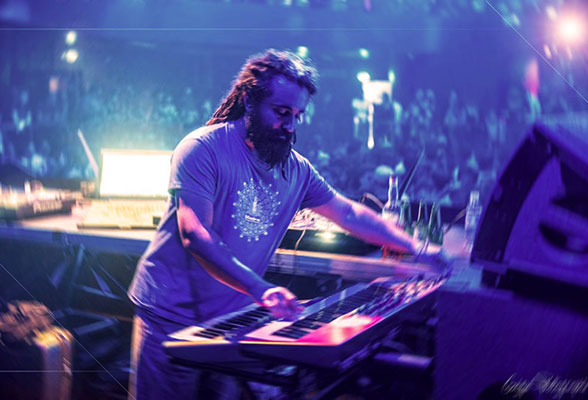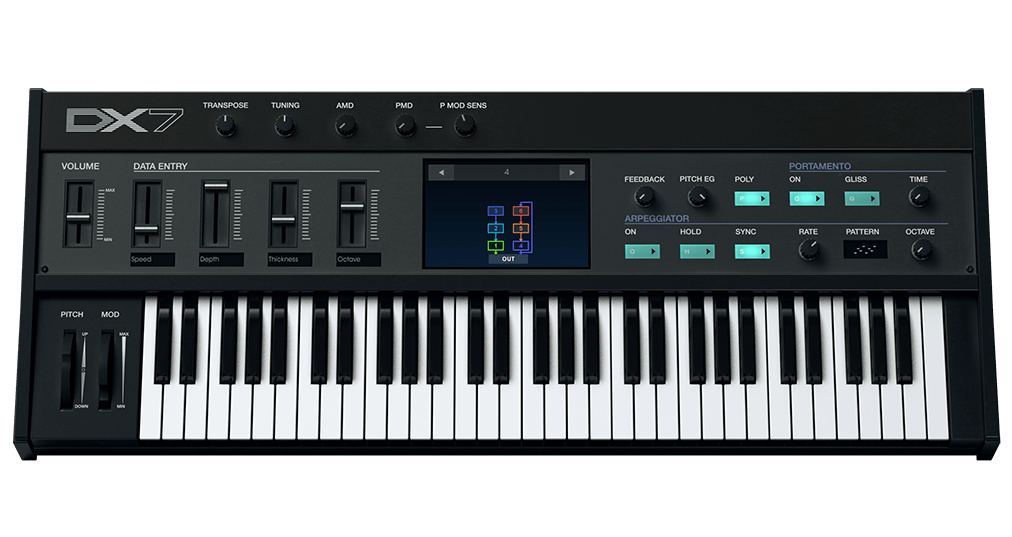
FM the way it was
meant to be heard.
FMシンセシスは、キーボーディストやプロデューサーの音のパレットをほぼ一夜にして爆発的に増やしました。
アナログではできないことができるDXは、サウンドメイキングにおいて最も汎用性の高いアプローチのひとつです。しかし、オリジナルDXはプログラミングが難しく、リアルタイムコントロールに欠けているとミュージシャンは感じていました。DX7 Vは、そのメリットを強調し、制限をなくし、現代の音楽制作機材として最適な機能を大量に追加しました。
あの時代へ…
StingやTina Turner、あるいはDavid Foster周辺に起きたあらゆることなど、80年代のチャートを賑わせたサウンドをお求めですか? DX7 Vにお任せください。
最先端
打弦、撥弦、弓を使ったサウンドはDXの特異とすることで、エレピやクラビのようなパーカッシブなキーボードサウンドも特異としていました。そのFMエッジが愛に満ちた正確さで表現されているのをお聴きください。
デジタル・パーソナリティ
FMクラシックから軽快なパッド、きらめくモーションシンセのサウンドスケープまで、リスナーはどうやって「あの」サウンドを手に入れたのか不思議に思うことでしょう。
品行方正
テンポ同期やMIDIマッピング機能を大幅に拡張したDX7 Vのクラシックサウンドは、現代のワークフローにスムーズにフィットします。
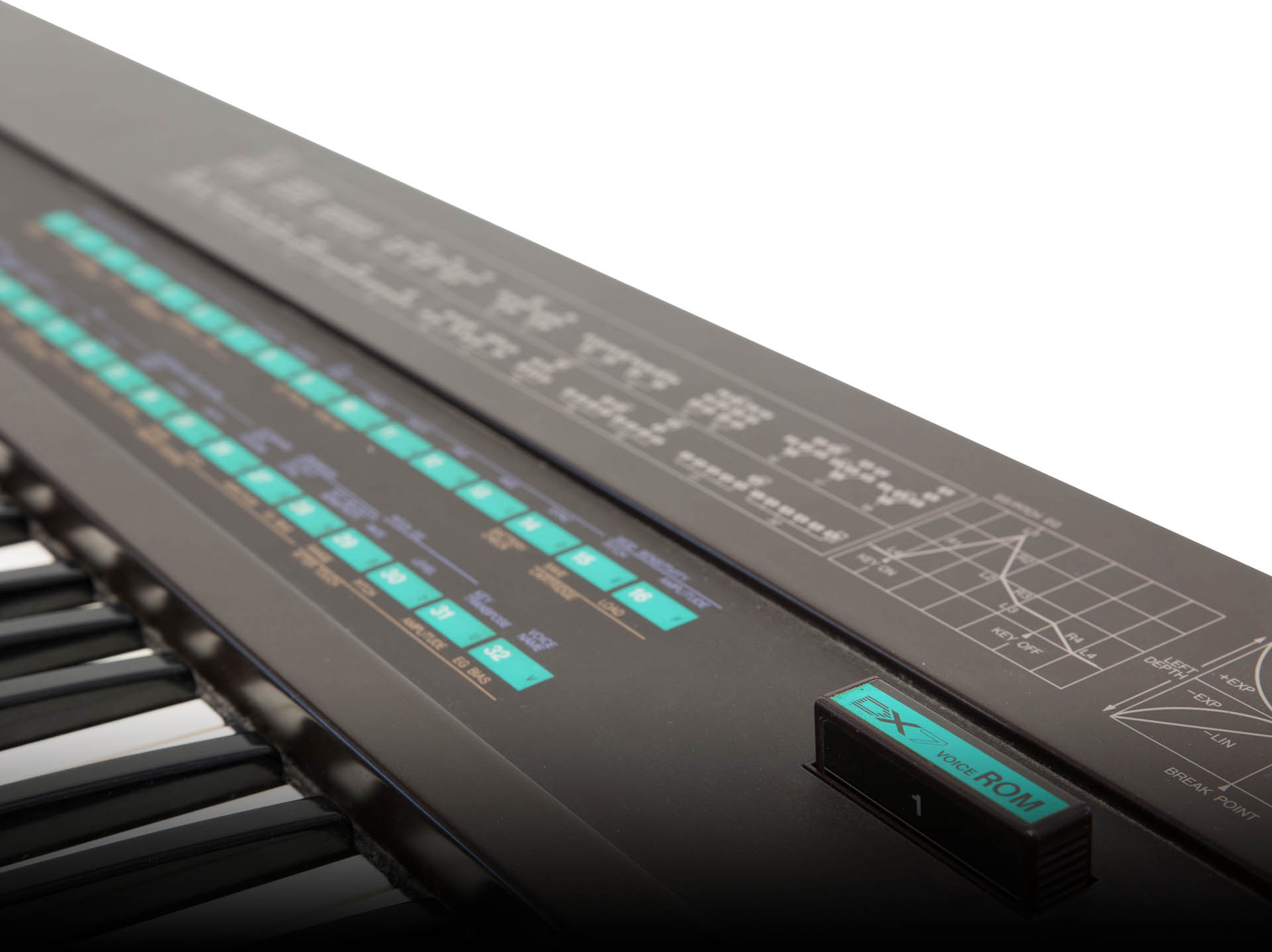
Music for the
Masses
FMは、アナログシンセでは得られなかったサウンドを簡単に作り出すことができました。
When the DX made it affordable, everybody wanted one — and pretty much everybody got one.
Once the exploratory genius of a Stanford University professor met the marketing savvy and production capacity of the world’s largest musical instrument maker, keyboards would never be the same again. After its introduction in 1983, it would go on to sell over 200,000 units and define countless sounds from the ‘80s and beyond.
FMは、ある波形を別の波形でオーディオレート変調するという、核となる部分はシンプルなアイディアです。しかし、FMをシンセシスの手法として独立させたのは、スタンフォード大学のJohn Chowning博士でした。彼の研究は、変調波系を注意深く調整することで、あらゆるタイプのアコースティック楽器の倍音構成を複製できることを証明しました。
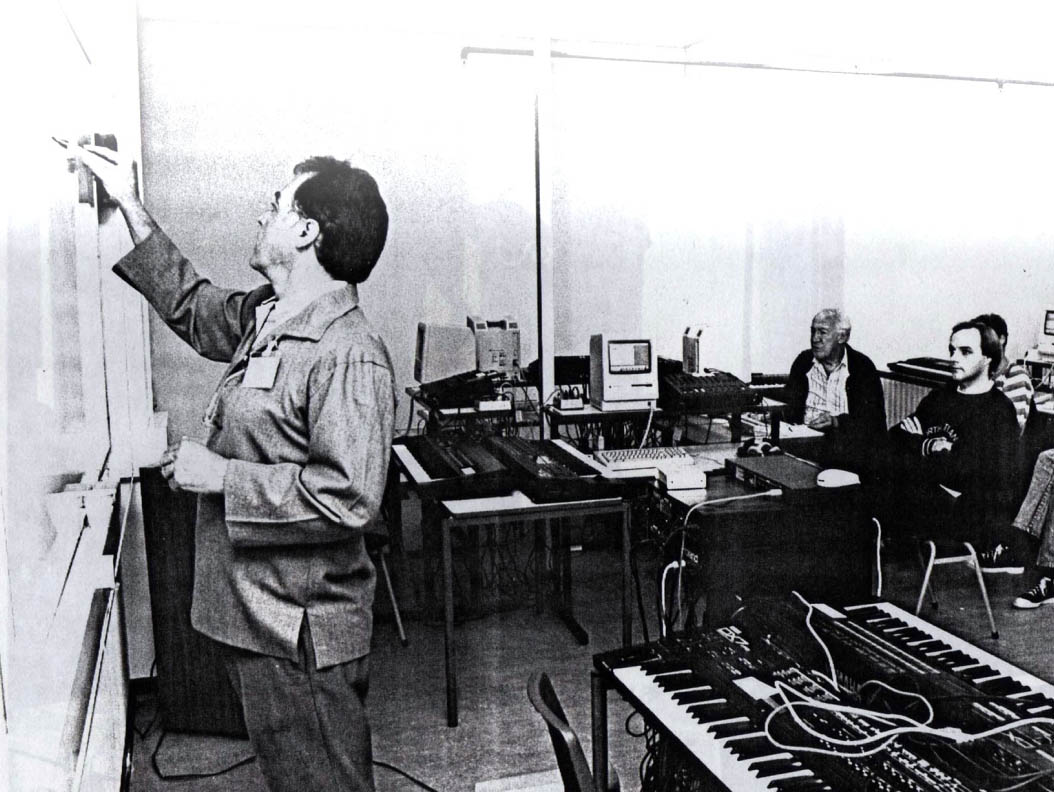
Yamaha® licensed the technology from Stanford in the mid-’70s, leading to 1980’s massive GS1 - with its piano-like cabinetry and green-screen programming terminal - co-developed with Dr. Chowning. New England Digital had also re-licensed FM from Yamaha as the basis of their first Synclavier systems. The word spread through the synth industry: Digital was the future.
FMパッチを手頃な価格でエディット可能にすることは、プロシンセ市場に参入するためのハードルでした。メンブレンキーボードとデータエントリー・スライダーを備えたDX7は、1983年にこれを実現しました。DX7は、6つのFMオペレーター、16音の同時発音数、ベロシティ&アフタータッチ対応のキーボード、32個のプリセットロケーション、メモリーカートリッジによる拡張サウンドバンクを備え、これをほぼ2,000ドルで実現しました。スペックだけですでにアナログシンセを飛び越えていました。
Gary LeuenbergerとDavid Bristowによるファクトリープリセットは、DX7がエレクトリックピアノ、マレット、ハーモニカ、スラップベースなどをいかにリアルに出せるかを示しました。これらのサウンドは、1983年以降のポップチャートのあらゆる曲を支えていました。週末のバーバンドのキーボーディストは、カバーするアーティストと同じ楽器を手に入れることができるようになりました。一度DXを弾けば、所有せずにはいられませんでした。
2,000ドル以下という価格を実現するために、多少の端折りはありました。例えば、オペレーターはサイン波しか出ませんでしたし、1つのエンベロープを共有していました。ノブやリアルタイムコントロールがないことを嘆くプレイヤーもいました。DX7 Vはそのような端折りをすべて取り除き、80年代の夢のシンセをあなたのクリエイティブな現実の一部にします。
A different breed
of synthesizer
DX7 Vは、FMデジタルシンセシスのユニークなサウンドをあらゆる人々にもたらした楽器を忠実に再現しています。

オペレーター
DX7 Vの6つのシグナルジェネレーター (オペレーターと言います) は、キャリアまたはモジュレーターとして使用できます。各オペレーターは、独自の周波数とレベルコントロールを備えたシンプルなオシレーターと、専用のエンベロープ制御アンプで構成されています。一般的に、キャリアのエンベロープは音量に影響し、モジュレーターのエンベロープは音色を変化させます。キーボード・トラッキングを使用すれば、アコースティック楽器のようにピッチによって音色が変化するという、最終的にリアルな要素が加わります。
モジュレーション
FMサウンドの音色は、キャリアとモジュレーターの関係に大きく左右されます。モジュレーターの周波数がキーボードのコントロール下にある場合、キャリアに対するその周波数比が、サウンドの基本的な倍音構成を決定します。整数比はより認識しやすい、音程感の強い波形を生み出し、非整数比は通常、より騒音に近く、不協和音的な波形を生み出します。モジュレーターの振幅は音色にも影響し、一般的に周波数が高いほど明るいサウンドが得られます。

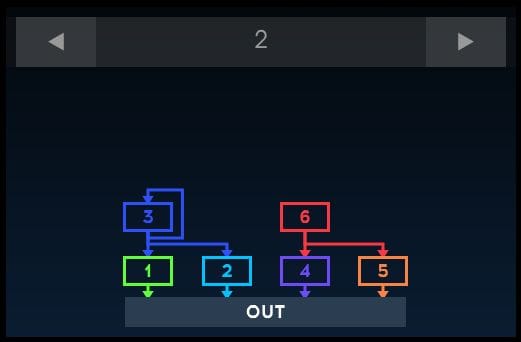
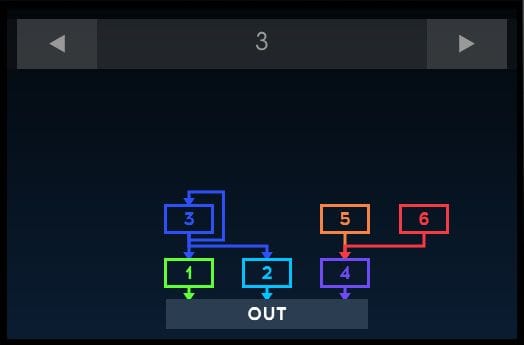



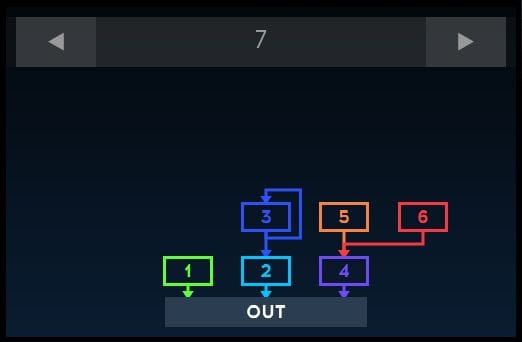

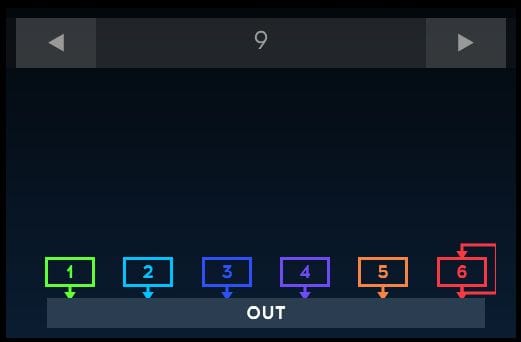
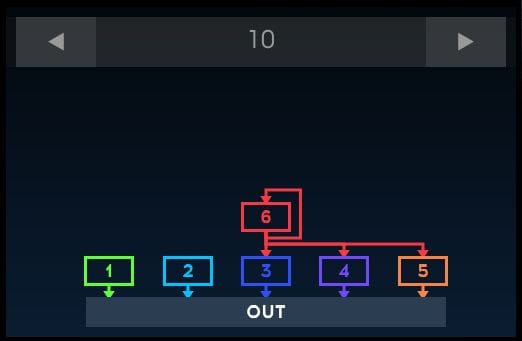
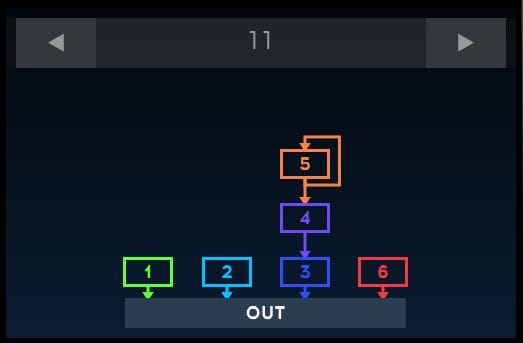
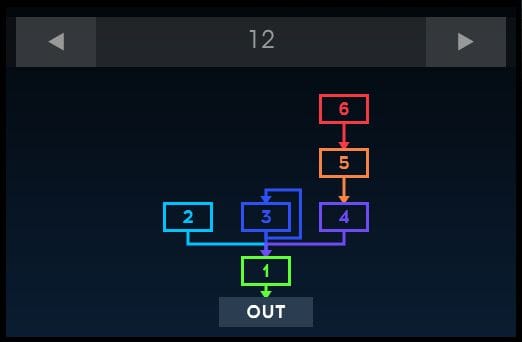

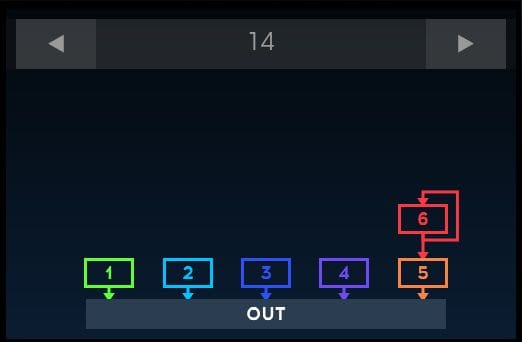
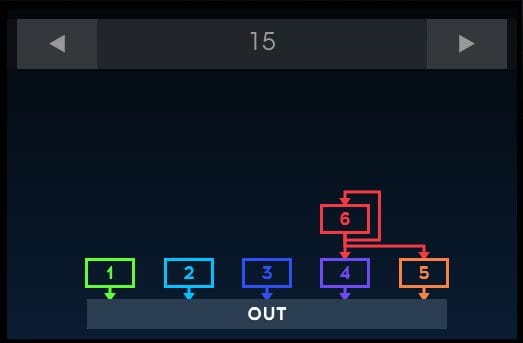

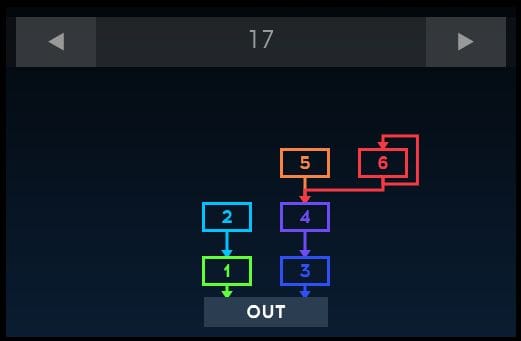
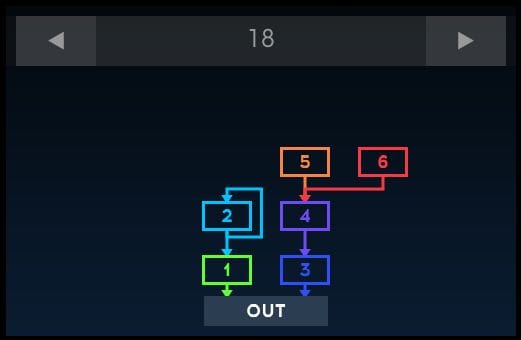

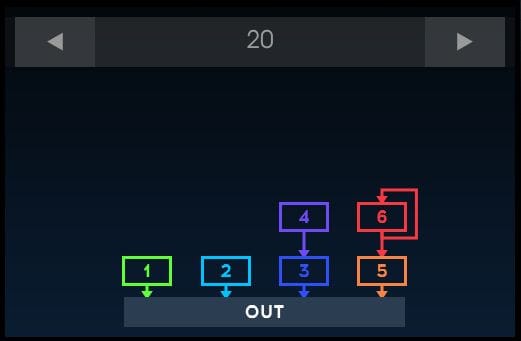
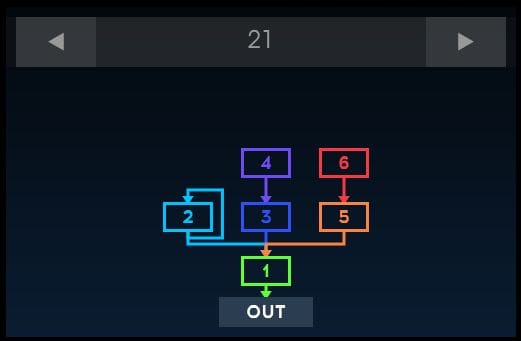

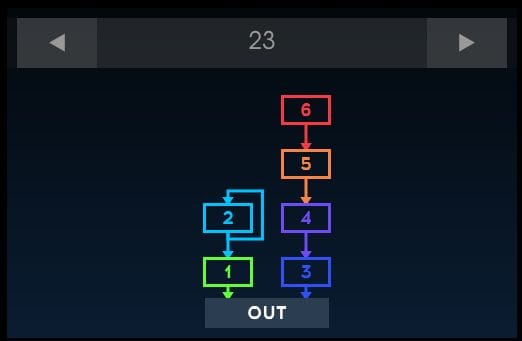
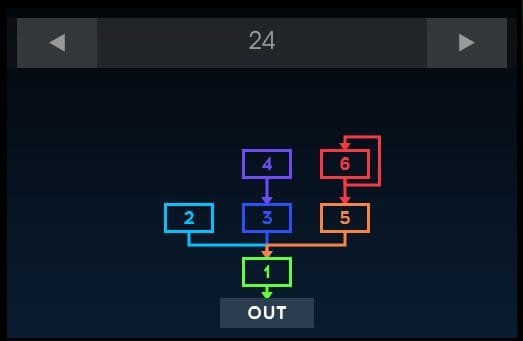
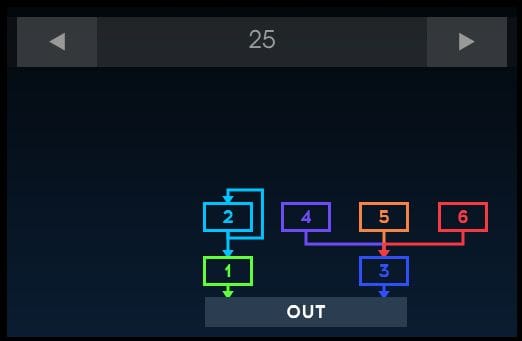
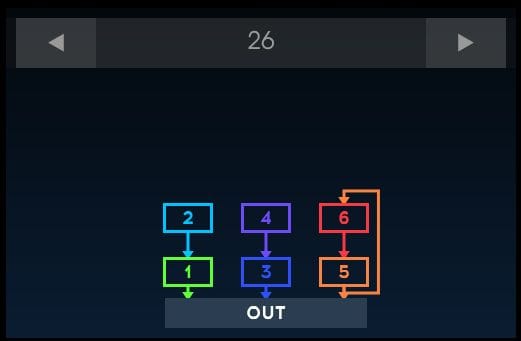

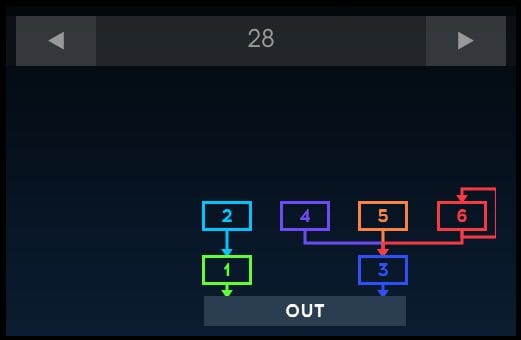
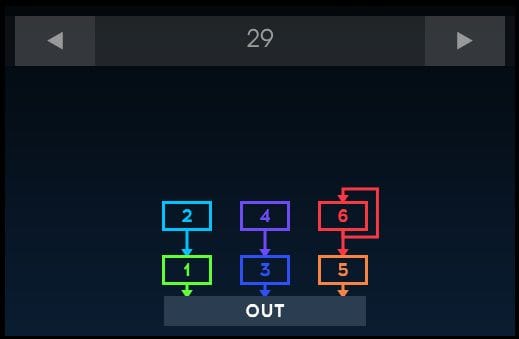
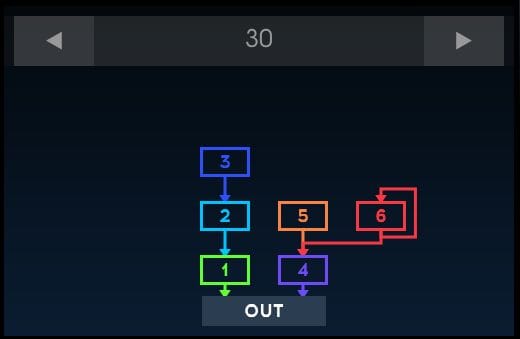
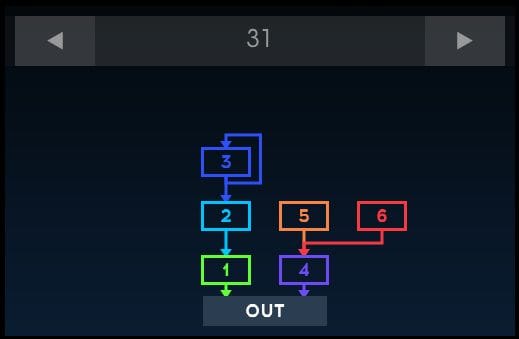

アルゴリズム
32種類のアルゴリズムが、DX7 Vの6つのオペレーター (キャリアとモジュレーター) の関係を決定します。これらの馴染み深い基盤は、サウンドを創造し、認識できないほど音を変化させるための完璧なレディメイドへの出発点です。キャリアが出力に直接接続され、モジュレーターがさまざまな結果をもたらすだけでなく、アルゴリズムのいくつかではフィードバックループも設定でき、荒々しい効果から本格的なディストーションまで、あらゆるサウンドを作り出すことができます。
FM Made
Easy
All the sound of the hardware.
All the real-time control it never had.
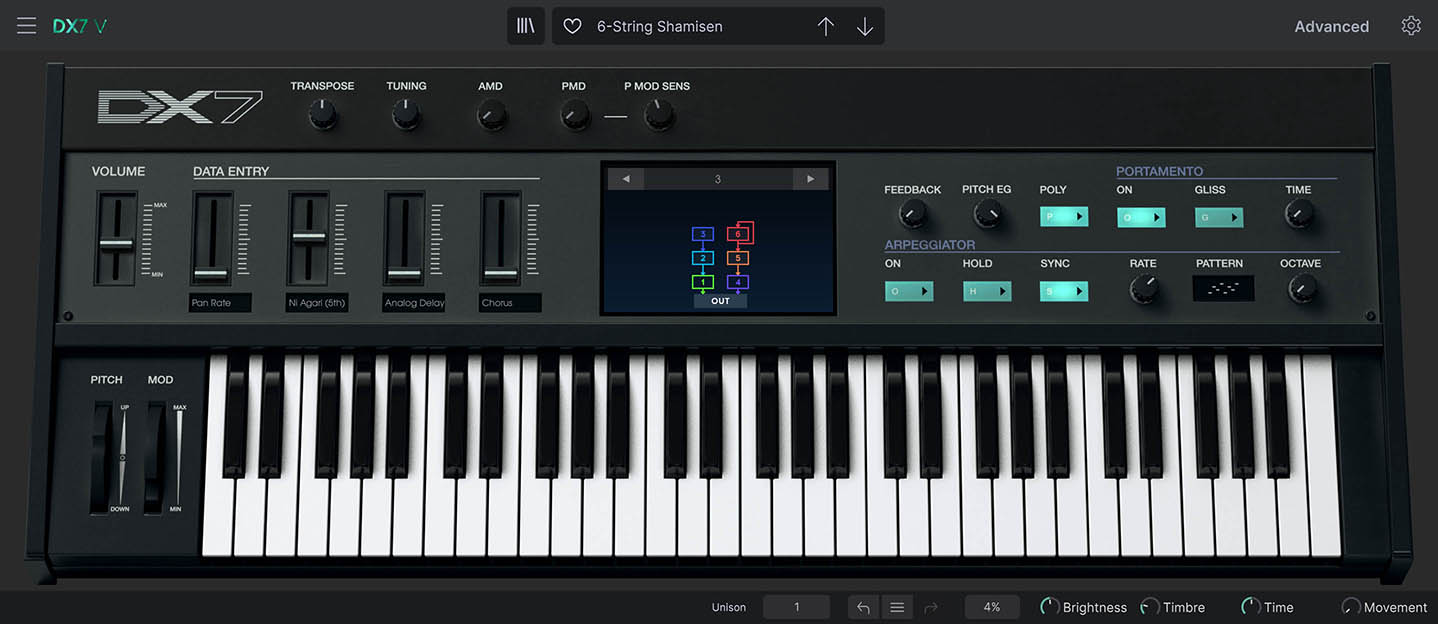
_1
_2
_3
_4
_5
_6
01. Digital ’Rithm
オリジナルの32種類のFMアルゴリズムを素早く選択したり、1つずつ切り替えていくことができます。オペレーターはエディットしやすいように色分けされています。
02. Analog Control
アサイン可能な複数のパラメーターを一斉にコントロールできるデータエントリー・スライダーを使用すれば、大胆な音色変化を一度に行うことができます。
03. Global Group
チューニング、トランスポーズ、ピッチ変調の深さ、アンプ変調の深さなど、シンセ全体の設定が常に調整できます。
04. Quick Edits
音色を決定するFMフィードバックの量と、ピッチエンベロープの深さをここで設定できます。
05. Just Glide
プレイヤーはDXのポリフォニック・ポルタメントが大好きでしたが、それを使うにはメニューに潜る必要がありました。DX7 Vでは、オンにして時間を調整するだけでOKです。
06. Ups and Downs
オリジナルハードウェアにはない、テンポ同期可能なマルチパターンのアルペジエイターでリフとモーションを追加できます。
DX on
Steroids
より多くの波形。より多くのエンベロープ。より多くのモジュレーション。フィルターとエフェクト。ハードウェアでこれらの機能を搭載したら、超高価なシンセサイザーになってしまうでしょう。
スライダーが1つとボタンがたくさんあるだけで、オリジナルハードウェアでの音作りは少々退屈でした。エレクトロニック・ミュージックのパイオニアであるBrian Enoは、DX7のすべてのパラメーターを一度に操作するために、カスタム製のノブコントローラーを作ったほどです。DX7 Vでは、パラメーターが増えただけでなく、インターフェイスも簡単で楽しくコントロールできるようになりました。
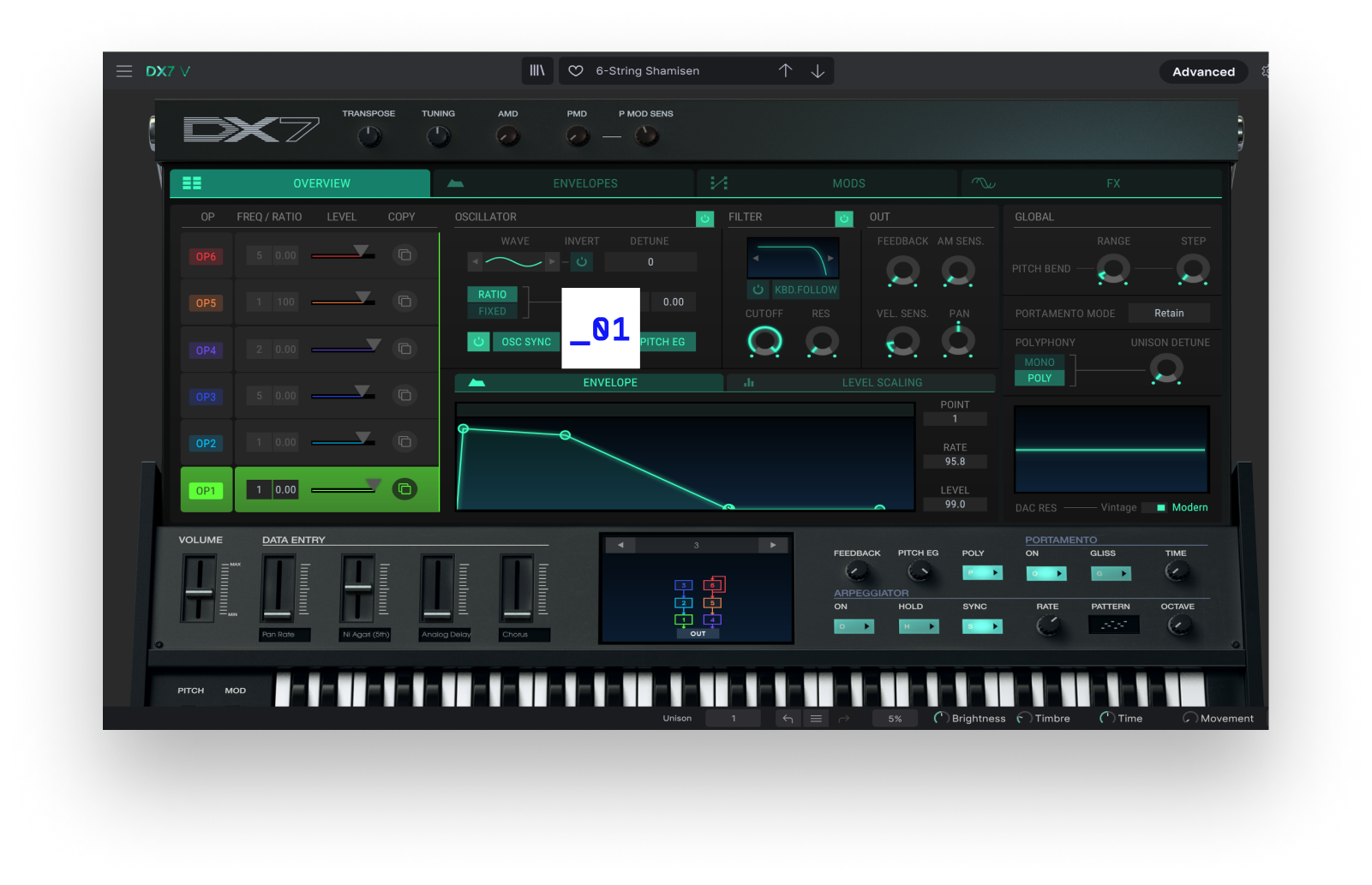
実際の
サウンドを試聴
多くのクラシックなシンセと同様、DXにも「その音がある」と言えるようになりました。
Ambient
DX Demo
Electronica
Funkit
Hi-breed
Winter in Summer
プリセット
DXがこれほど認知されるようになった理由のひとつは、プロでさえプログラミングを学ぶよりも工場出荷時のプリセットに固執する傾向があったことです。
DX7 Vにはそのような障害がありませんので、ワールドクラスのサウンドデザイナーが、想像しうるあらゆる楽器の種類と音楽スタイルを網羅する540種類のプリセットを作成しました。これらのプリセットを聴いた後は、無料のデモ版をダウンロードして、すべてのプリセットを試してみてください!
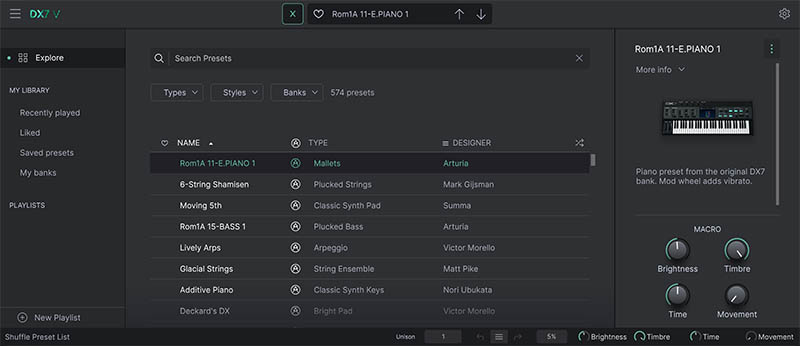
Artist
Corner

Gallery
Main Features
32 original DX7 algorithm
All DX7 original parameters
Original DX7 SysEx import
25 available waveforms per operators
6 Operators with multi-mode filter and feedback per operators
DX7, DADSR and Multi-Segments envelopes (syncable and loopable) per operators
2 Modulation envelopes
4 assignable macros
Advanced modulation matrix
A step sequencer, 2 LFOs with 6 waveforms and an arpeggiator
4 FXs slots that can be routed in parallel or in serie
An oscilloscope
Vintage and Modern DAC Mode for a proper emulation of the DX7 converter
32 voices of polyphony
4 voices of unison with unison detune
432 factory presets

